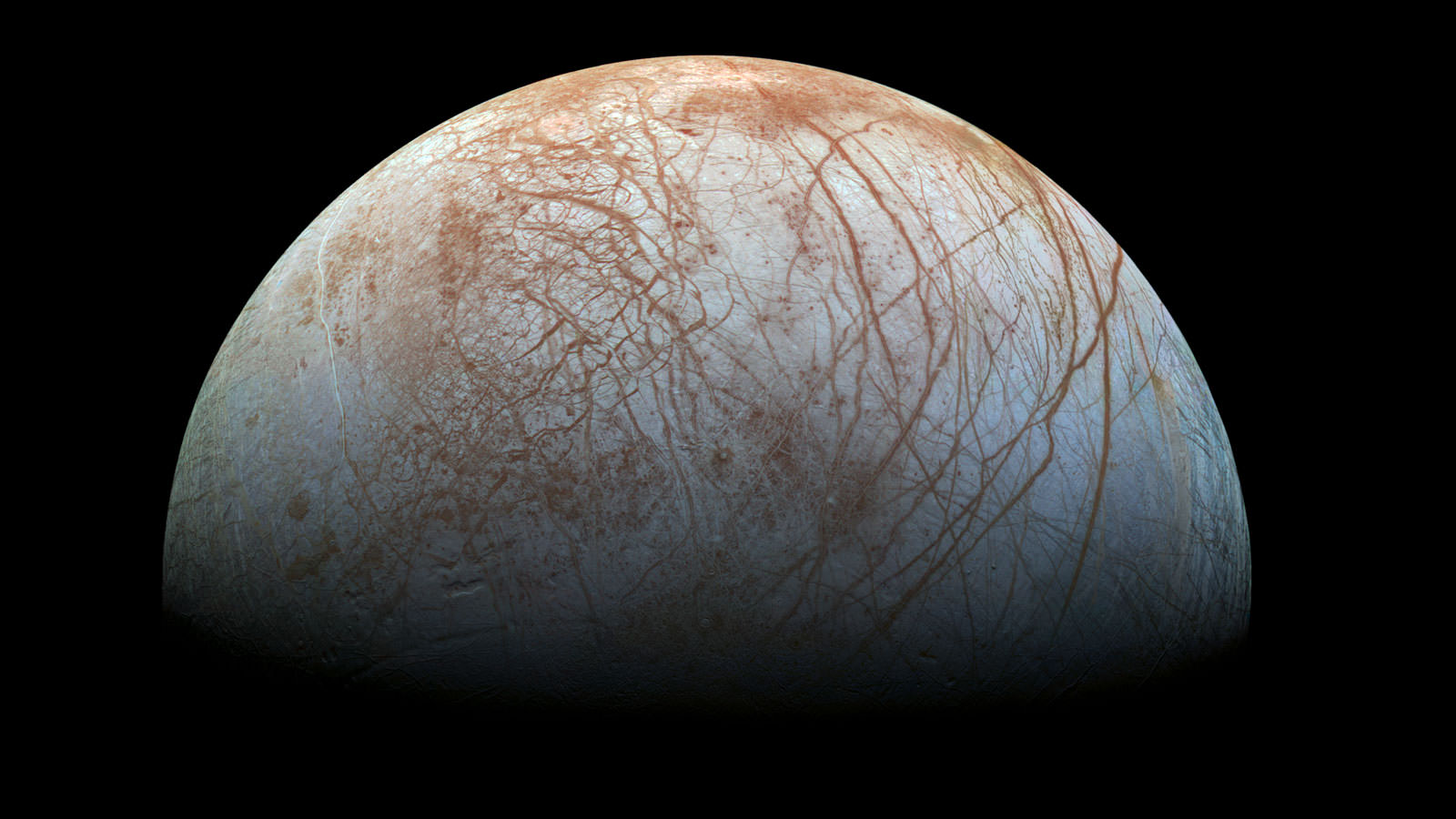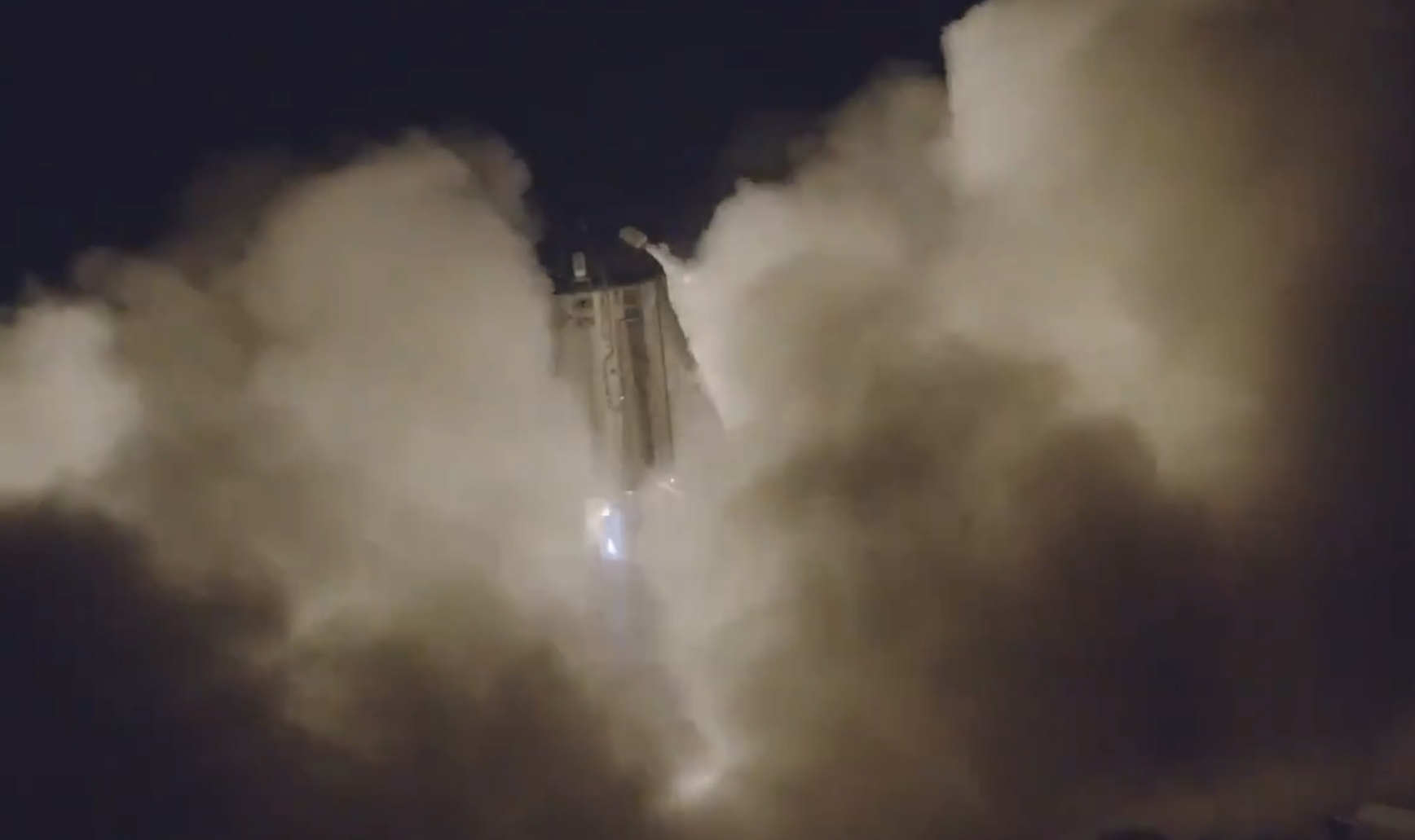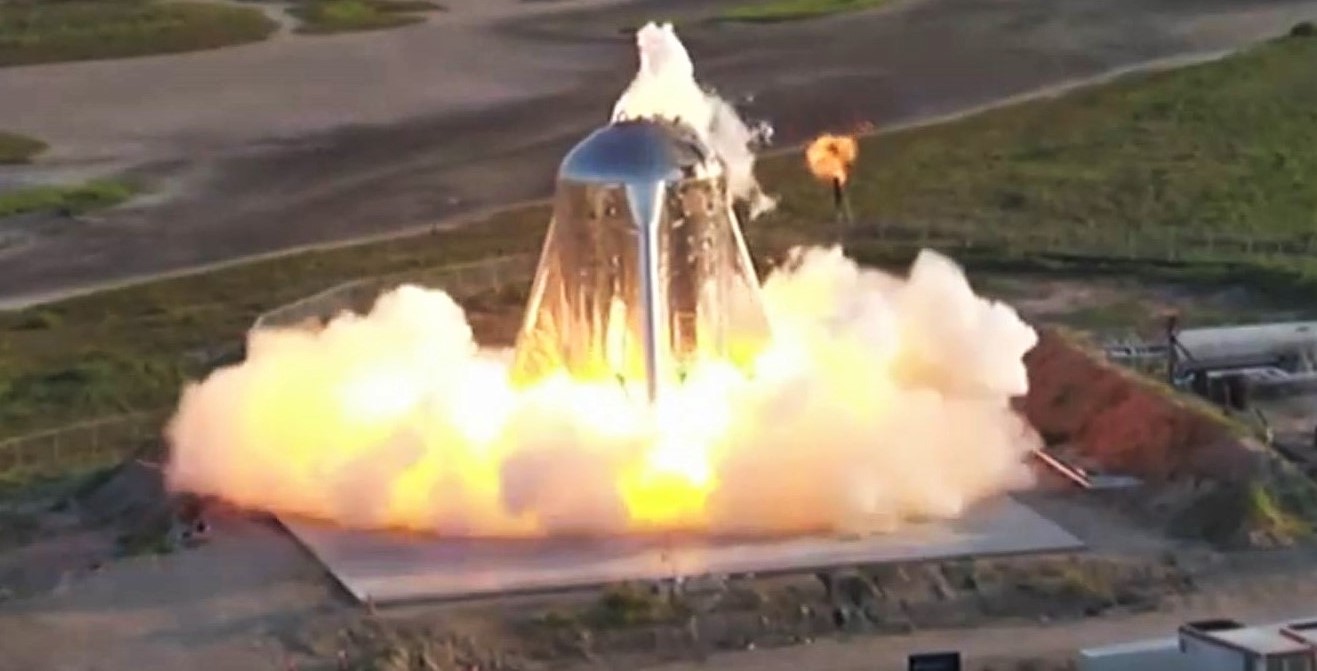Despite a few setbacks in the past few months, 2019 is shaping up to be an exciting year for SpaceX. After a series of successful tethered hop tests, the ground crews at the company’s South Texas Launch Site in Boca Chica conducted the first free-flight test of the Starship Hopper late last month – which saw the test vehicle ascend to 20 meters (~65 feet), move laterally, and then land again.
Based on this success, Musk announced shortly thereafter that the company could be taking the next step and conducting a 200 meter (650 foot) hop sometime this month. This past weekend, Musk also indicated that the company will be giving further updates on the design of the finished Starship later this month, followed by a test of the “Starship Mk1”, an orbital-class prototype that will feature three Raptor engines.
Continue reading “Elon Musk Outlines the Next Few Weeks of Starship Tests”









